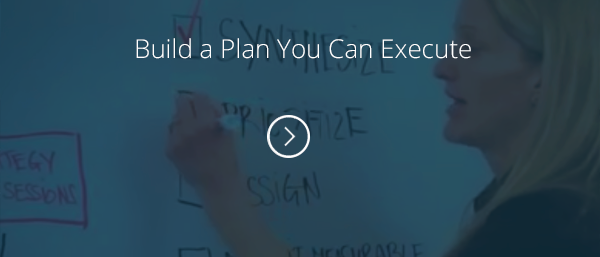If you’re a government, educational, or non-profit organization securing stakeholders during the planning process helps you build a more actionable strategic plan that reflects a broad base of support among the various people, organizations, and entities that play a part in its execution. Without it, your plan risks sitting on a shelf collecting dust.
Think of it this way. Your top down approach to building out a strategic plan will likely produce what feels like a strategic plan. But if it’s built in a silo within the four walls of your organization, chances are it’s not going to be embraced by the people outside your organization or department who play a role in its execution.
Maybe it’s time to adjust your thinking? Rather than a purely top down approach, consider a hybrid approach where the top down is met half way by sideways in, where equally weighted constituents can contribute to your planning process.
Here are three approaches to help make the task less daunting:
- Define the outcome – Be clear what it is you want to achieve. The purpose of your strategic planning efforts needs to be clear and succinct. Create a visual strategic framework, which your plan will be built upon. The clearer you make it for yourself, the clearer it will be to the people outside your organization.
- Show how and where stakeholders connect – If stakeholders are part of the equation and are a piece of the puzzle show them where they connect into the bigger picture. Where will they fit into the planning process? Will their input drive development of strategic priorities, organizational goals, or supporting initiatives and action planning?
- Create a mechanism for input – Depending on where and how stakeholders connect you have some choices. Certainly one-on-one conversations or even a survey if there are a lot of people involved are options. If there are multiple stakeholder organizations involved, a great approach is bringing them together during a well-structured, facilitated planning session.
Once you have their input and it has found a home within your strategic planning process there’s still work to do. Keep your stakeholders involved with consistent communications. Let them know where you’re at in the process. When your plan is nearly complete, give them an opportunity to review it. By keeping stakeholders informed regarding where you’re at and where they fit, you’re more likely to have their support when it comes to execution.













I think this article is very helpful because it allows people to see more clearly about the development of a strategic plan, which is not always obvious.
I think this article is very helpful because it allows people to see more clearly about the development of a strategic plan, which is not always obvious.